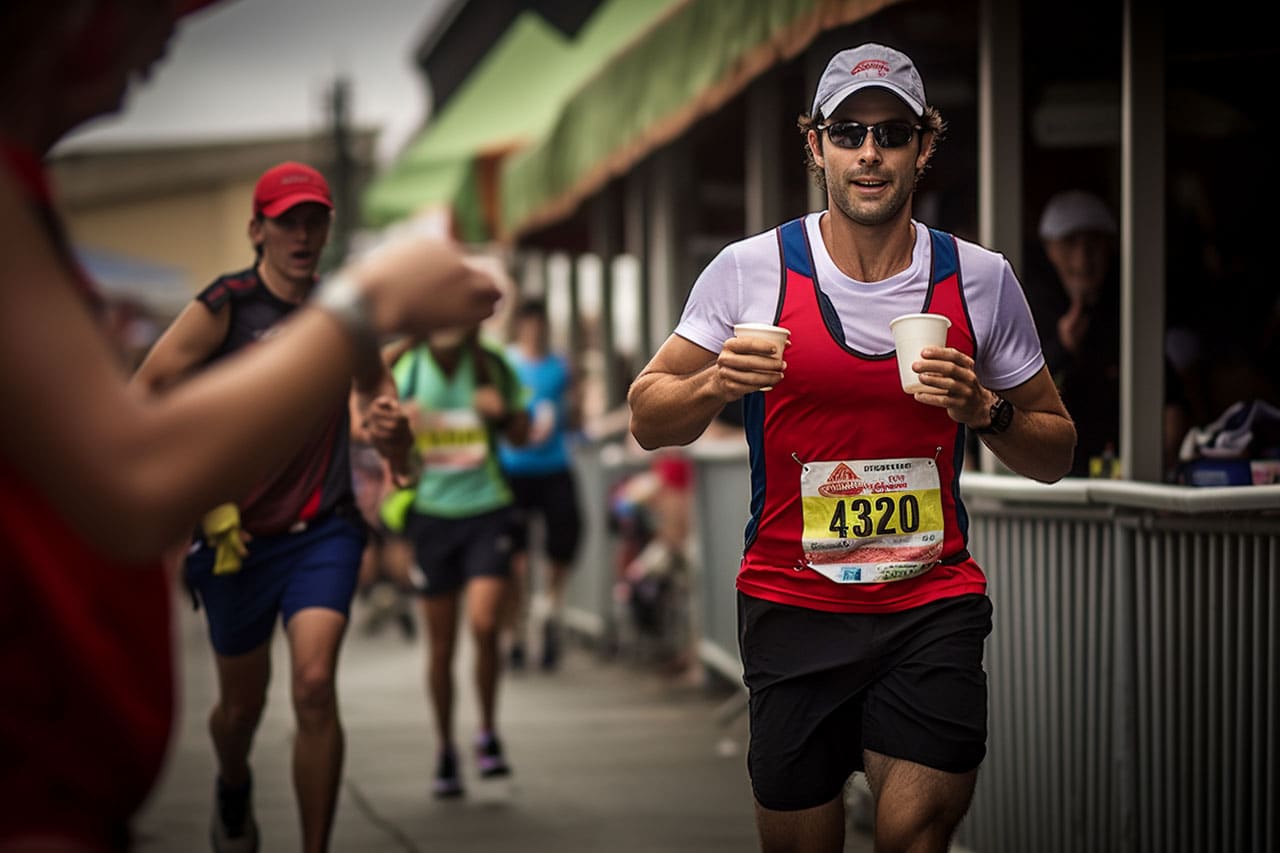Maximizing Aid Stations: The Complete Guide to Race Day Hydration and Fueling Success

Tags
Related Articles
Pre-Race Nutrition Mastery: 10 Essential Foods & Complete Race Morning Guide
Master your half marathon nutrition with this science-backed guide. Learn the 10 essential pre-race foods, optimal timing, portion sizes, and complete meal plans for every runner type to maximize your race day performance.
Master Half Marathon Course Navigation: 8 Strategic Features + Elite Reconnaissance Techniques
Transform course knowledge into competitive advantage with elite reconnaissance techniques and strategic navigation. Learn how pros analyze courses to save minutes and run smarter races.
7 Proven Strategies for Stellar Half Marathon Hydration
With these proven strategies for stellar half marathon hydration, we unlock the secrets of effective hydration for half marathon runners. We guide you through how to optimize your hydration strategy before, during, and post-race, ensuring you maintain peak performance throughout. From understanding how much to drink to replacing lost electrolytes, these proven strategies will empower you to conquer your next half marathon with confidence.
Mastering Race Day Nutrition: Fueling for a Successful Half Marathon
Running a half marathon is no small feat, it requires not just physical and mental preparation, but also a solid nutrition plan to fuel...